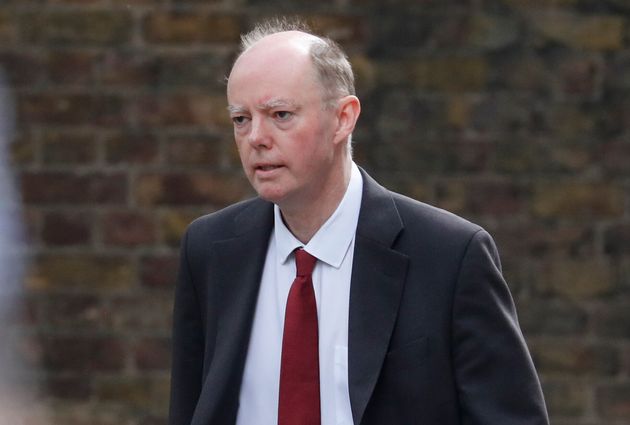England’s chief medical officer Chris Whitty has said he is “not confident” that even the toughest local lockdown level announced by the government can control Covid-19.
It comes after prime minister Boris Johnson announced the country will be split up into “medium”, “high” or “very high” – tiers one, two and three – local coronavirus alert areas.
But Whitty said there was a “professional view” that the “base” of the most stringent tier three – on top of which local leaders can introduce additional measures – may not be enough to “get on top of” outbreaks.
It comes as the Liverpool city region was placed in tier three, meaning pubs, gyms and casinos must close, while numerous other parts of the north, where hospitalisation and lab-confirmed case numbers are spiking, were placed in tier 2.
Speaking at a Downing Street press conference, alongside Johnson and chancellor Rishi Sunak on Monday night, Whitty said he was “very confident” that the measures in place “are helping to slow” the second wave.
However, he continued: “I am not confident, and nor is anybody confident, that the tier 3 proposals for the highest rates, if we did the absolute base case and nothing more, would be enough to get on top of it.
“And that is why there is a lot of flexibility in the tier 3 level for local authorities, guided by the directors of public health who are absolutely superb around the country, to actually go up that range so they can do significantly more than the base, because the base will not be sufficient.

“I think that is very clearly the professional view. There are quite a lot more additional things that can be done within that with local guidance.”
Whitty said that the number of people with Covid-19 in England has been increasing since the start of September.
Johnson, meanwhile, said a full national lockdown would be “extreme” and that the government was taking a “moderate” approach.
“There is already clear evidence of spread around the country, but at this point in time it is heavily centred on the areas of intervention,” he said.
He also acknowledged that restrictions can be imposed “without causing harm is an illusion”, but admitted that “significantly more” may be coming.
“We’re going to have to do more, that’s the whole point of what the prime minister has just announced, and probably in some areas significantly more.
“The balancing act here, and in a sense that’s reflected by the fact the Chancellor and I are standing here, is doing things which pull down the virus to the point which the R goes down below one but with a minimal impact on the economy that you can get away with.
“But none of us have any illusions about this and I would like to be really clear about this because I think we should not have any illusions.
“The idea that we can do this without causing harm is an illusion.
“It is a balancing act between two harms: a harm for society and the economy on the one hand and a harm for health on the other hand.”
Johnson also denied claims that the first national lockdown was eased too quickly and allowed the virus to resurge in the north.
He said: “I don’t accept that at all. I think the difference between this bout of the pandemic and the first one is how much more localised it is.
“And we took measures on a national basis then at every stage and on the basis of the scientific advice.”